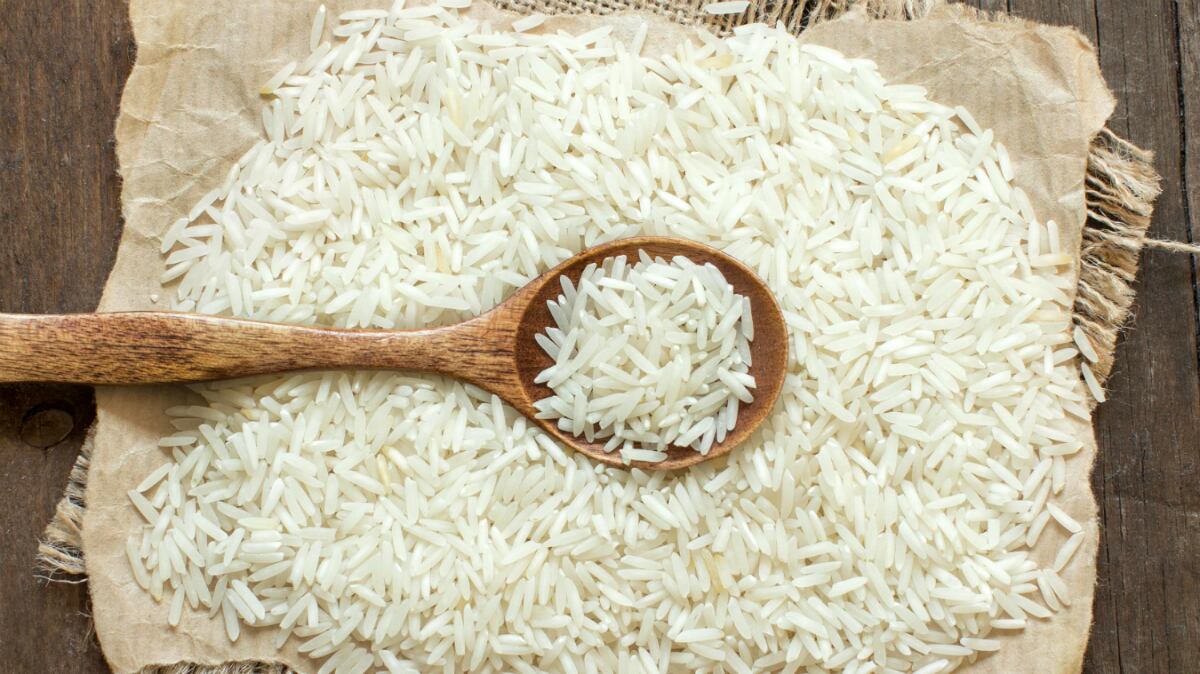The council held a public hearing recently, where provincial board member and chairman of the committee on agriculture Domingo Ambrocio called for suggestions from the Department of Science and Technology (DOST), National Food Authority (NFA) Provincial Agriculture Office, Provincial Nutrition Office, and Rice Millers Association of Ilocos Norte — among others — on the best way to roll out an iron fortification programme.
Prioritising the poor
Rice fortification using iron began as early as 2004, but so far, adoption has been slow, with one of the main obstacles being cost.
Provincial assistant Luz Tabara brought up the issue of affordability when discussing iron-fortified rice for poorer households, adding that the agricultural department was conducting trials on bio-fortification through rice-breeding to reduce the prevalence of iron deficiency, especially among pregnant women, lactating mothers, and children.
Provincial director Jonathan Viernes, from the DOST, said food fortification should be more affordable in the face of advancing technology, especially with NFA selling its rice at just US$0.60 (PHP32) per kg and the cost of iron fortification pegged at a mere US$0.04 (PHP2) per kg.
Rice-related regulations
Mandatory food fortification is already in place on a national level in the Philippines, with the Food Fortification Law requiring foods like rice to be fortified with iron. Voluntary fortification of processed foods are to use iron, iodine, and / or vitamin A.
Ambrocio said local government units and other stakeholders may take a cue from the existing national law on food fortification, and produce iron-fortified rice in a bid to rid the province of malnutrition.
Another provincial board member, Dr Rogelio Balbag, voiced his support for the iron fortification programme, saying, "There is a prevalence of iron deficiency affecting mostly our children, and pregnant and lactating women. Let us implement it (the programme) for a healthier and more progressive Ilocanos."
Malnutrition, particularly under-nutrition, has been a constant problem in the Philippines. A UNICEF report published in January stated that child under-nutrition was causing the country an annual economic drain of US$4.08bn (PHP220bn).




